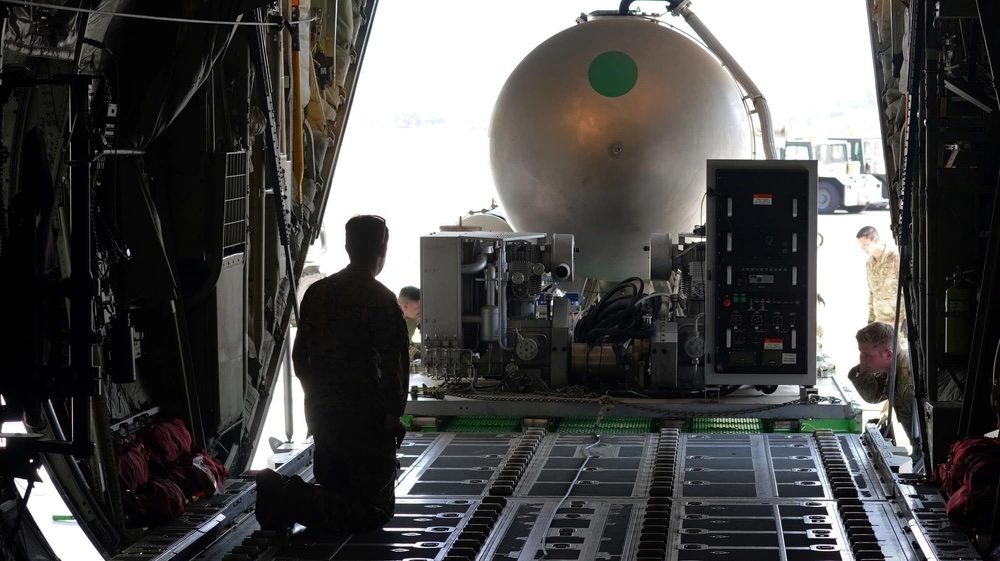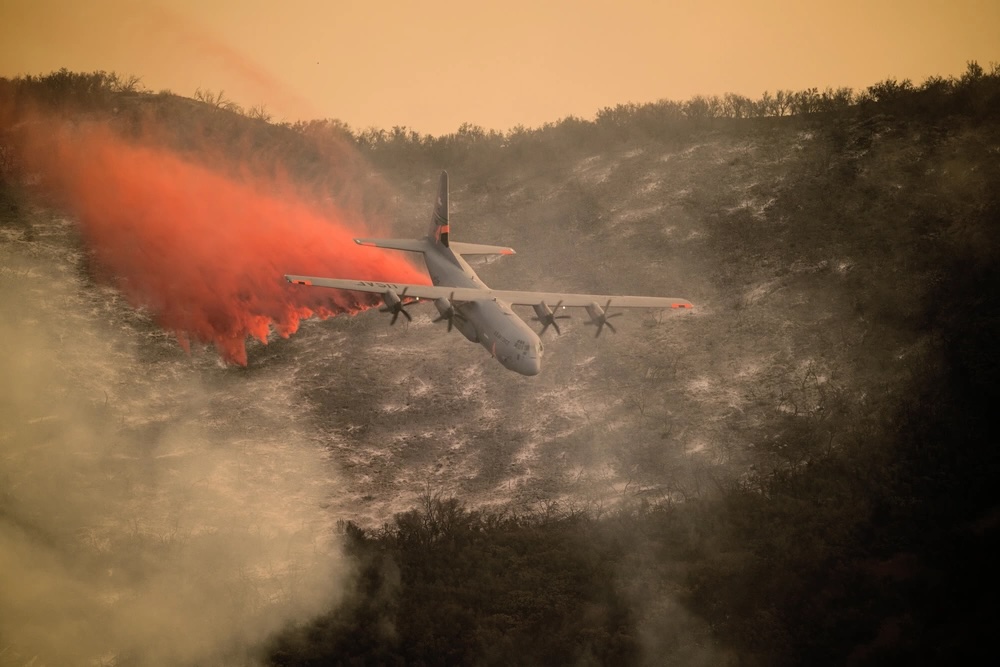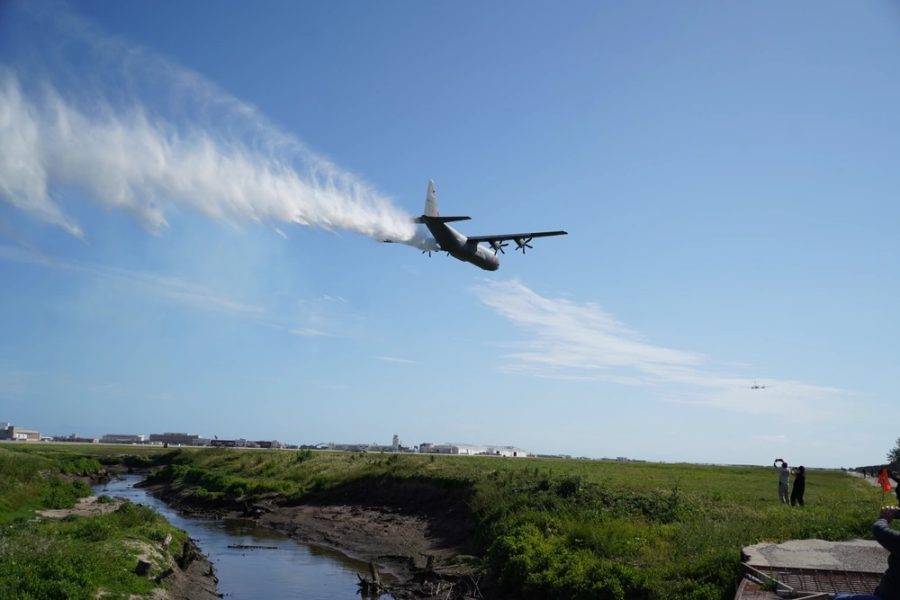Airmen from the California Air National Guard and Air Force Reserve brushed up on their aerial firefighting skills late last month in preparation for the 2024 wildfire season, which could see fires break out across North America. Hosted at the Channel Islands Air National Guard Station in southern California, the training involved classroom sessions, ground operations, and flights aboard C-130 transport planes specially equipped with the Modular Airborne Fire Fighting System (MAFFS).
“Completing our annual training each year is paramount as it allows our aircrews to get those critical training hours we need before we respond to a real fire,” Col. DeAnna Franks, operations group commander for the 302nd Airlift Wing, a Colorado-based reserve unit, said in a press release.
MAFFS refers to both the airborne system, which pumps out thousands of gallons of fire retardant a second, and the partnership between the Defense Department, the U.S. Forest Service, the Bureau of Land Management, CAL FIRE, and other agencies to stop or slow the spread of wildland fires. When civilian firefighting aircraft are stretched thin, the Air Force provides a surge capability with its C-130s, the release explained. The MAFFS program turned 50 in December.

“Modular, the first word of the MAFFS acronym, might perhaps be the best word to corroborate just how flexible and efficient our working partnerships have developed over the last 50 years,” Franks said. The anniversary “was a great opportunity to reflect on just how impactful this mission is and just how special all the people involved with the MAFFS program are.”
Besides the 302nd Airlift Wing and California’s 146th Airlift Wing, the Air Force’s aerial firefighting units include the 152nd and 153rd Airlift Wings assigned to the Nevada and Wyoming Air National Guard, respectively. The roll-on, roll-off MAFFS units fit inside a C-130 without structural modification. It drops either water or a “slurry” retardant made up of 80 to 85 percent water and 10 to 15 percent ammonium sulfate, a jelling agent and red coloring that helps pilots see where they dropped previous loads, according to the Air Force. MAFFS is a dangerous mission where pilots have to fly low and slow, often in difficult terrain.
“We’re going down to 150 feet and doing it far slower than we would normally do an airdrop because of the way the retardant comes out of the airplane,” Lt. Col. Patrick McKelvey, a pilot with the 152nd Airlift Wing, told Air & Space Forces Magazine in 2021.
“So, it’s lower, you’re heavier at max gross weight, you’re using far more power,” the former Navy F/A-18 pilot said. “It’s hot, you’re at high altitude up in the mountains, canyons, obstacles, trees. Next to flying around the aircraft carrier at night, this is probably some of the most high-risk flying I’ve ever done.”

Though the Air National Guard and Reserves provides backup for civilian teams, who do the bulk of aerial firefighting, some years stretch both groups thin. In 2021, Air Force crews flew twice the pace as they did in 2020 to put out huge blazes such as the Dixie fire, the largest single source wildfire in recorded California history. At one point, McKelvey flew nine fire-retardant airdrops in one day.
“We found ourselves in the situation of kind of scrambling to put together another month’s worth of a second crew that we didn’t know we were going to need,” he said. “So, I just told the scheduler, throw me in where you need me. Put me in, coach.”
Though last year’s wildfire season was relatively mild in the western U.S., deadly fires in Hawaii, massive conflagrations in Canada, and large blazes in Virginia earlier this spring show that the need for aerial firefighting is not going anywhere soon. But Kim Christensen, deputy assistant director operations for the U.S. Forest Service, was confident that the MAFFS crews can handle it.
“The members of the airlift wings that participate in the MAFFS program are consummate professionals,” she said in the release. “They take the annual training very seriously and are always prepared to assist us with wildfire suppression, whenever asked.”
